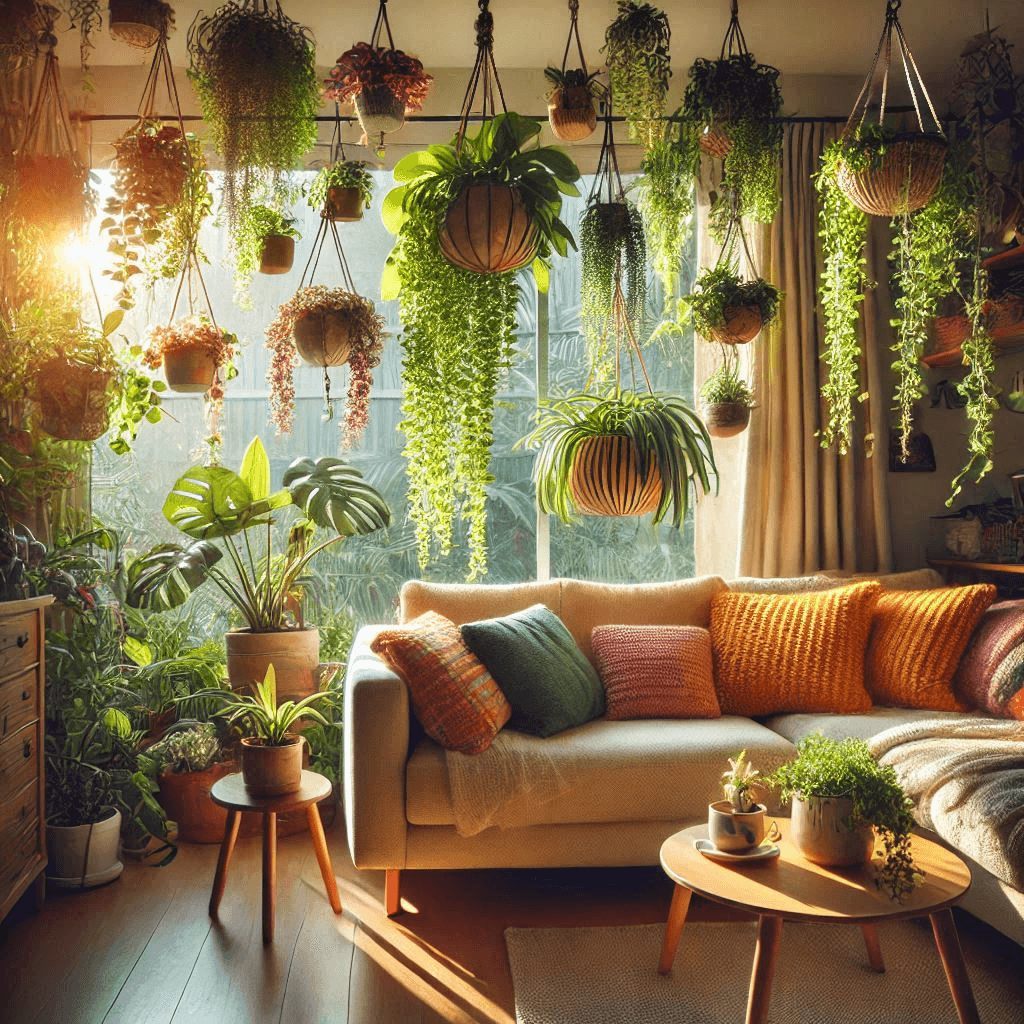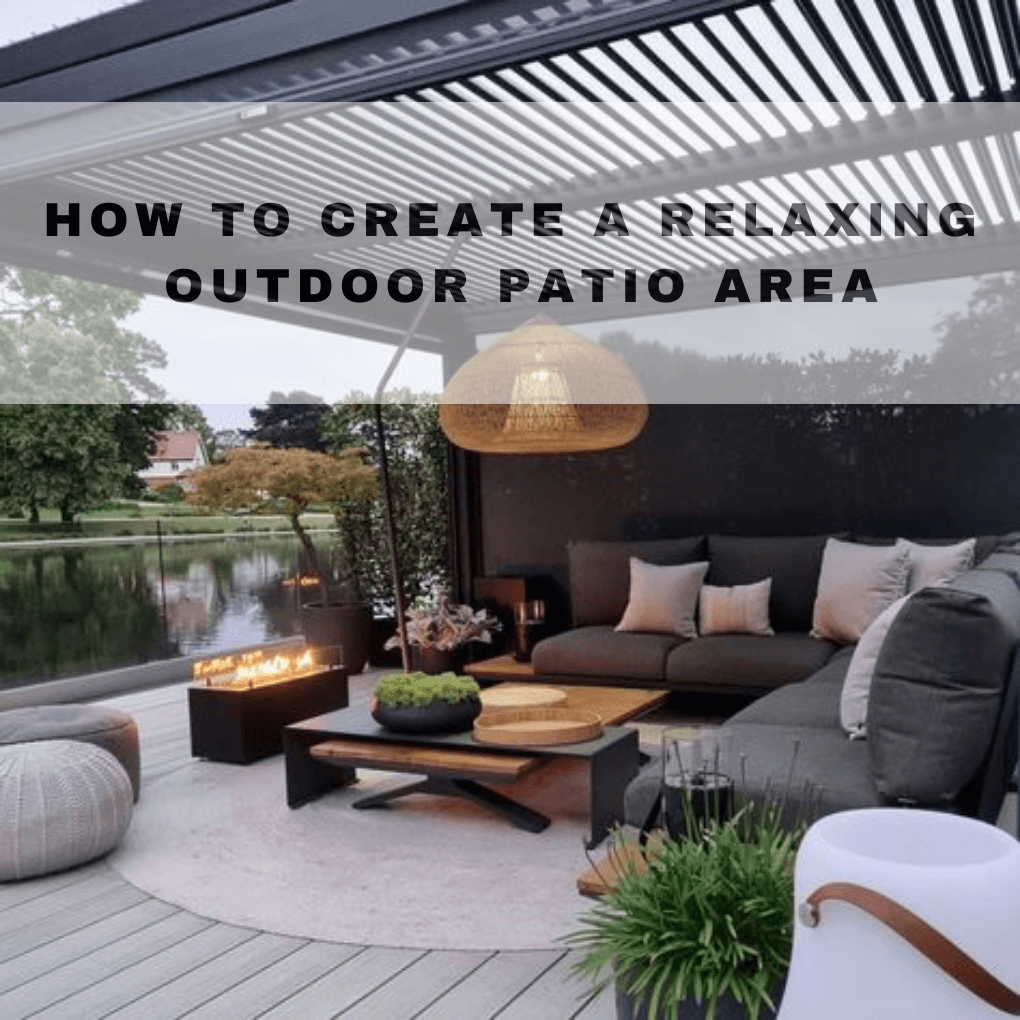Adding greenery to your home can create a calming and fresh environment. Hanging plants are an excellent way to incorporate plants into your space without taking up valuable floor space. These versatile plants come in different shapes, sizes, and colors, making it easy to find options that suit any room or décor style.
Why Choose Hanging Plants for Your Home?
Hanging plants offer several benefits that make them a great addition to any home. They are not only practical but also add beauty and life to your space.
Space-Saving Solution
One of the main advantages of hanging plants is that they save space. Instead of taking up floor space, you can hang your plants on the ceiling, walls, or windows. This is ideal for smaller homes or apartments where every inch counts.
Hanging plants allow you to maximize your available space while still enjoying the beauty of nature in your home.
Aesthetic Appeal
Hanging plants enhance the visual appeal of any room. They can be placed in strategic locations to create a lush atmosphere, or they can serve as a focal point, adding a touch of nature to your décor.
They help create a relaxing and fresh atmosphere in your home, complementing any interior style, whether modern, bohemian, or traditional.
Easy Maintenance
Hanging plants can be easier to care for since they are often out of reach from pets or children. You can also choose plants that require minimal care, making them perfect for busy homeowners.
With proper care, hanging plants can thrive with minimal effort, making them a great choice for those with a hectic schedule.
Choosing the Right Hanging Plants
Selecting the right plants is crucial for ensuring they thrive in your home. Consider factors such as lighting, room conditions, and plant size when choosing hanging plants.
Consider Your Home’s Lighting
Not all plants need the same amount of light. Some plants thrive in bright sunlight, while others are better suited to low-light conditions. Choose plants that match your room’s lighting to keep them healthy.
- Low-light plants: Pothos, ferns, ivy
- Bright light plants: Succulents, string of pearls
- Moderate light plants: Spider plant, peace lily
Select Plants Based on Room Conditions
Different rooms in your home offer different environments. For example, bathrooms with higher humidity levels are great for certain types of plants like ferns and orchids, while living rooms might be better for plants like pothos or ivy.
- Best for bathrooms: Ferns, spider plants, peace lilies
- Best for living rooms: English ivy, pothos, philodendron
Consider Plant Size
When selecting hanging plants, think about how much space you have. Large plants can make a statement but could overwhelm a small room. Smaller plants work well in cozy spaces or for creating layered displays.
- Small plants: String of pearls, air plants
- Medium plants: Pothos, ivy
- Large plants: Ferns, philodendron
How to Hang Your Plants
Hanging plants can be displayed in many ways, from simple macramé hangers to elaborate metal chains. Choosing the right hanging system is key to ensuring the plants are secure and visually appealing.
Choose the Right Hanging Pots
Look for lightweight, sturdy pots that are easy to hang. Some hanging pots come with built-in drainage, while others might need extra attention to avoid water build-up.
The type of pot you choose affects both the aesthetic and the health of your plant, so it’s important to consider both style and function.
Select the Right Hanging System
The hanging system you choose should be strong enough to support the weight of the plant. Macramé hangers are popular for their stylish and bohemian look, while metal chains provide a modern, sleek appearance.
The hanging system should be both secure and visually complementary to your décor.
Placement Tips
Once you’ve chosen your hanging plants and systems, it’s time to consider where to place them. Hanging plants at varying heights adds visual interest and can create a cascading effect in your space.
Proper placement is essential for maximizing both the aesthetic appeal and the health of the plant.
Caring for Your Hanging Plants
Proper care is essential for maintaining healthy hanging plants. Regular maintenance, such as watering, pruning, and cleaning, helps your plants thrive.
Watering Tips
Each plant has specific watering needs, so it’s important to understand how much water your plants need. Most hanging plants prefer to dry out slightly between waterings. Ensure pots have drainage to avoid root rot.
Watering the plants properly ensures they stay healthy. Over-watering can lead to root rot, so it’s important to avoid excessive moisture.
Pruning and Trimming
Pruning is essential for keeping your hanging plants healthy. Trim any dead or yellowing leaves to encourage new growth and maintain the plant’s shape.
By regularly trimming your plants, you will help them grow fuller and stay vibrant.
Cleaning the Leaves
Dust and dirt can collect on the leaves of hanging plants. Gently wipe the leaves with a damp cloth to keep them clean and help the plant breathe better.
Regular cleaning helps prevent dust build-up and ensures the plant’s leaves can photosynthesize efficiently.
Creative Ideas for Displaying Hanging Plants
Hanging plants offer plenty of creative ways to decorate your home. Use them to make a statement or add a touch of greenery to any room.
Create a Focal Point
Hang several plants together to create a green corner or feature wall. This not only adds visual interest but can also become a stunning focal point in your home.
By grouping plants together, you can create a lush, inviting space that serves as a unique focal point.
Incorporate Plants Into Your Decor
Hanging plants can be integrated with other home decor elements to create a cohesive design. Consider placing them near artwork, lighting, or other decorative pieces.
When placed thoughtfully, hanging plants can seamlessly blend into the rest of your home’s décor.
Vertical Gardens
If you have limited floor space, consider creating a vertical garden by hanging plants in tiers. This allows you to display multiple plants in a small area while creating a lush and beautiful display.
A vertical garden can provide a stunning visual display without taking up much room.
Conclusion
Hanging plants are a fantastic way to add greenery to your home while saving space. By selecting the right plants, choosing appropriate hanging systems, and caring for them properly, you can enjoy a refreshing and vibrant indoor garden. Whether you’re a beginner or experienced plant lover, hanging plants are a simple and beautiful way to bring nature indoors.




